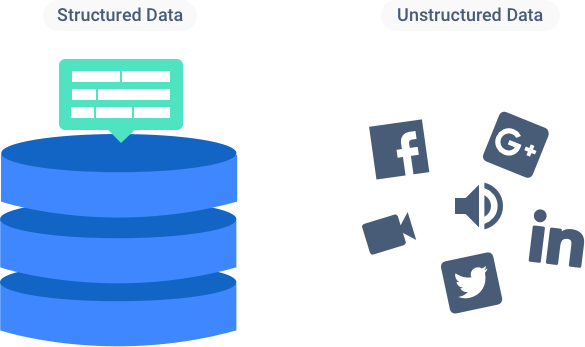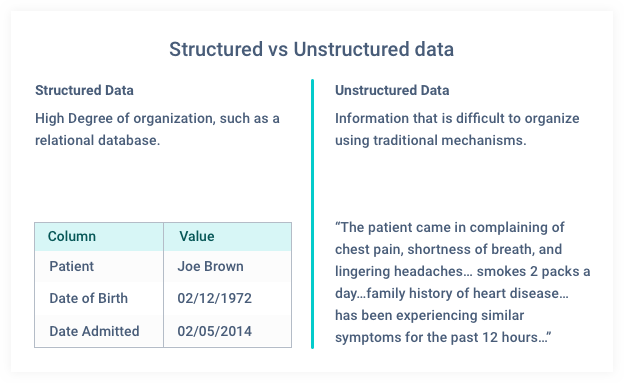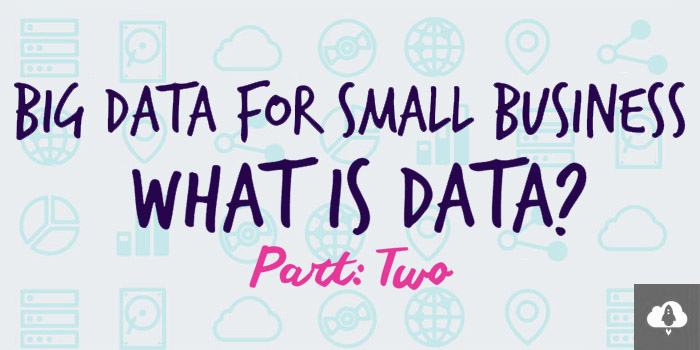We hear and read the word “data” frequently. Well, many of us do, but this is particularly true when you’re operating any business whether large or small. Most of you have a general idea of what data “is” but what exactly is it?
To explain, we’ll start big and then narrow the definition down with some specific examples.
Side note: We’ll discuss at greater length the reason why understanding data is important. For now, since we’re focused on you as a business owner, the fundamental reason is that understanding data is critical to boosting your profit.
Messy vs. Clean Data
Data is everywhere. Sometimes it’s “clean” – meaning it’s well organized like you would find in an Excel spreadsheet. In other moments, it’s messy and all over the place (such as you would find on Facebook, Twitter, Youtube, or anywhere there is a group of information that’s spread out across different areas).
As such, there are two types of data: structured and unstructured.

Indeed, your brain is constantly trying to organize unstructured data. Everything you see, hear, or touch is, actually, unstructured data that your brain categorizes. Yes, the brain is like a three pound, three-dimensional spreadsheet.
Data can either be qualitative, quantitative or a combination of both. For example, if you’re a baker and a customer orders a wedding cake, the data will include a description of the cake (qualitative) and the cost (quantitative).
While it seems that completing a sales form for a cake is structured data, this is not the case. Data becomes structured when it’s centrally located in a database and is neatly organized in rows and columns. This format makes it easily searchable.
Want to know the last time Dr. Jones purchased your product or service so you can send her a special discount via an email advertising campaign? A structured database will give you that searchable information.
If you were to search through unstructured data – such as researching all of the separate receipts for the past five years – it would take much longer. Also, with structured data, you’re able to view important information about the performance of various aspects regarding your business.

Do I Need a Data Management System?
Yes. You do. Even if you’re a small business, there is too much data for you to sort through individually. In the “Content is King” era, you need to have an online presence. To drive people to your website having a high search engine ranking is a must. The primary way to do this is through creating content on a consistent basis. This includes
- Blog and article posts
- Social media blasts (regular advertising on Facebook, Twitter, LinkedIn, etc.)
- YouTube advertisements
- Email campaigns
- Respond to public ratings or reviews on social media or recommender systems such as Yelp or Google
Furthermore, you’ll need to monitor which form of advertising is the most successful for converting those who are merely shopping around into customers buying your product or service. This is nearly impossible without structured data, which is why software as service platforms – like Array – are becoming increasingly popular (and dare we say essential to stay in the market as a viable business).
To get all the benefits of Array or to just find out how Array can help your small-to-medium business thrive, sign up here for free.


